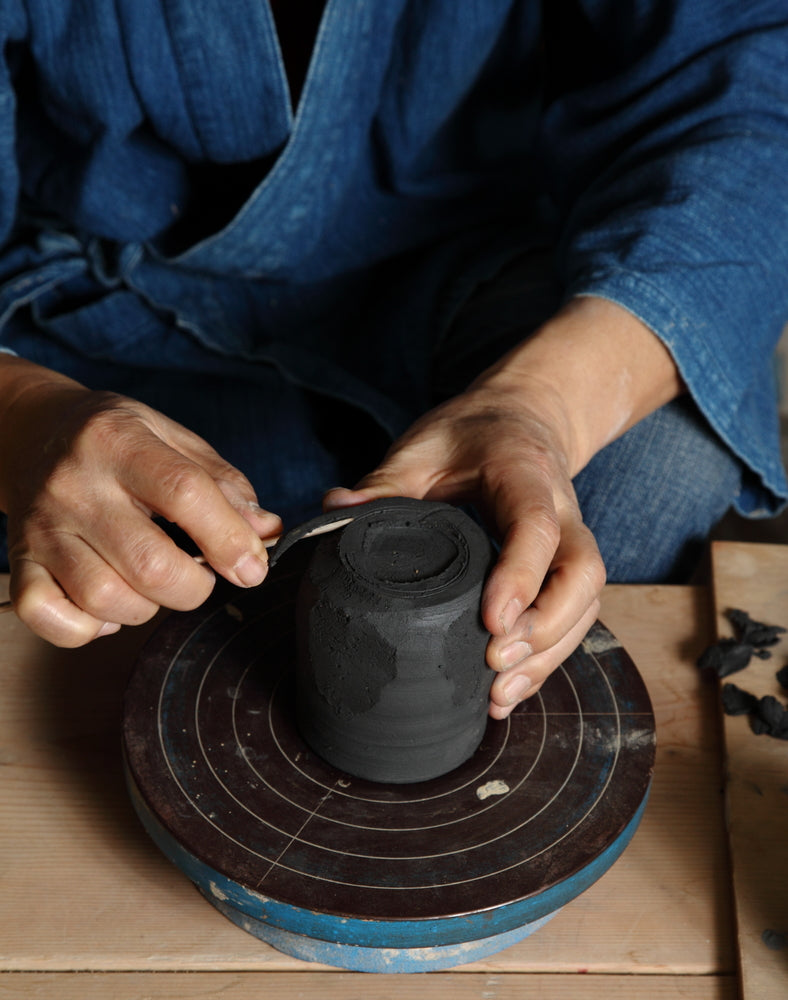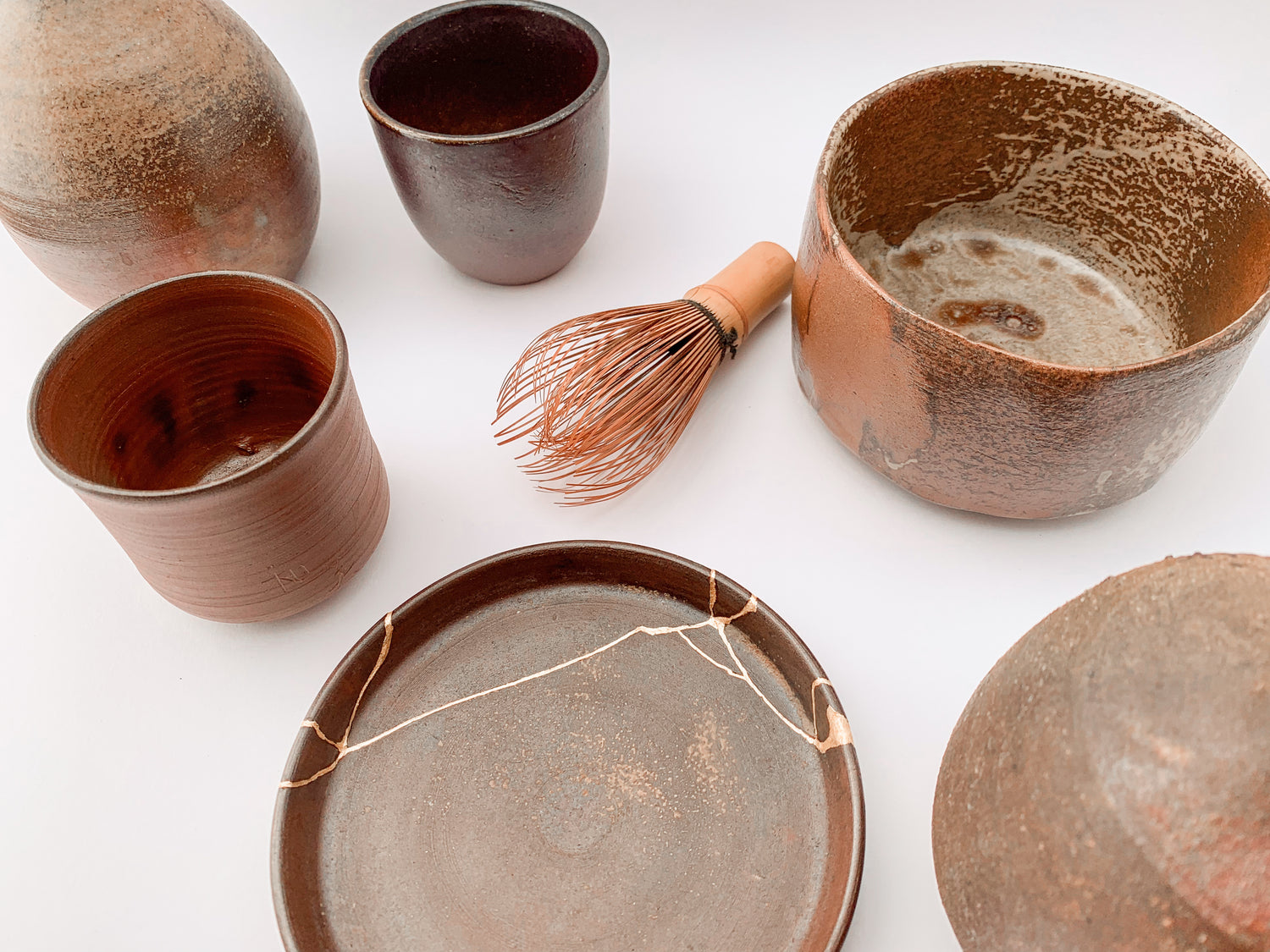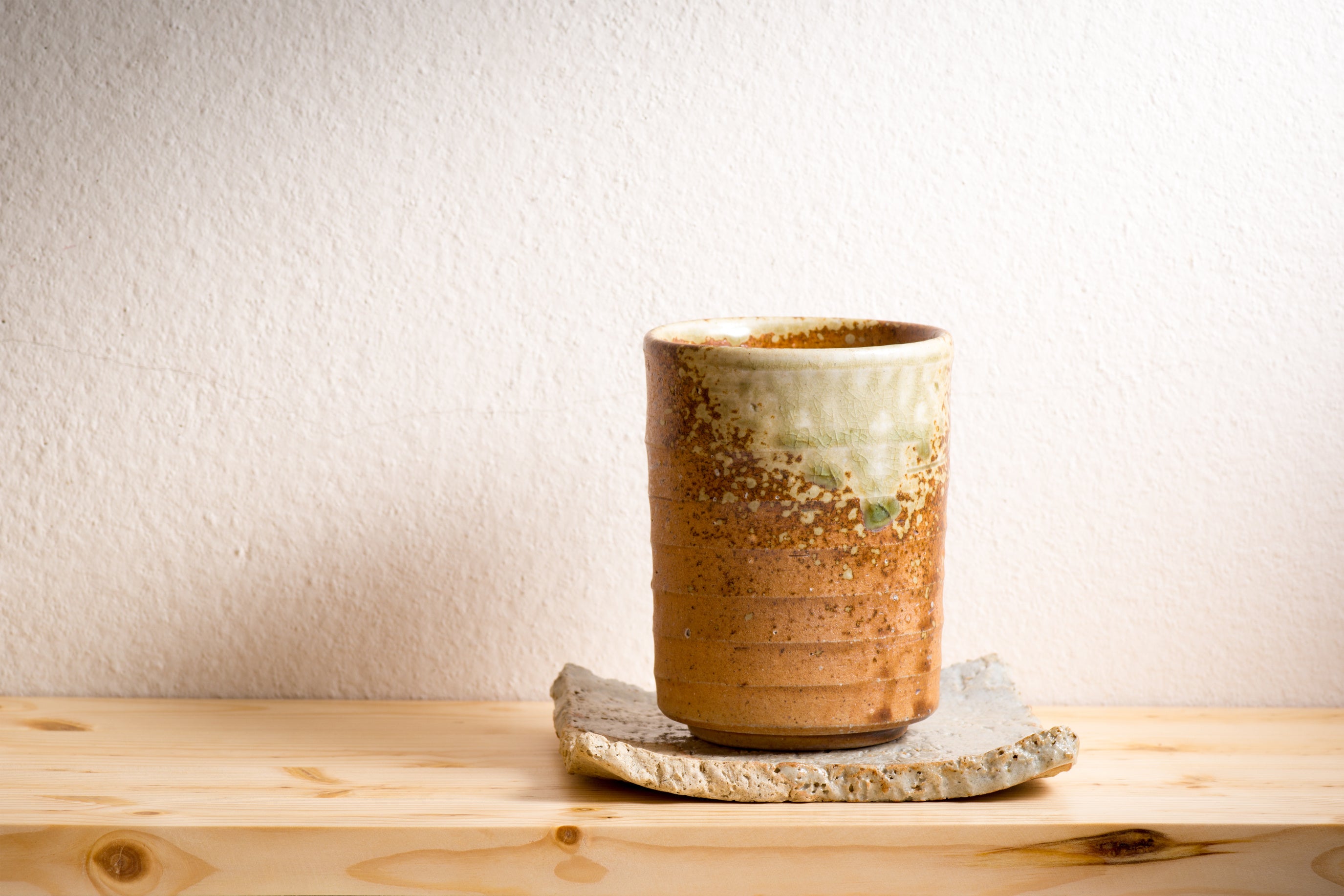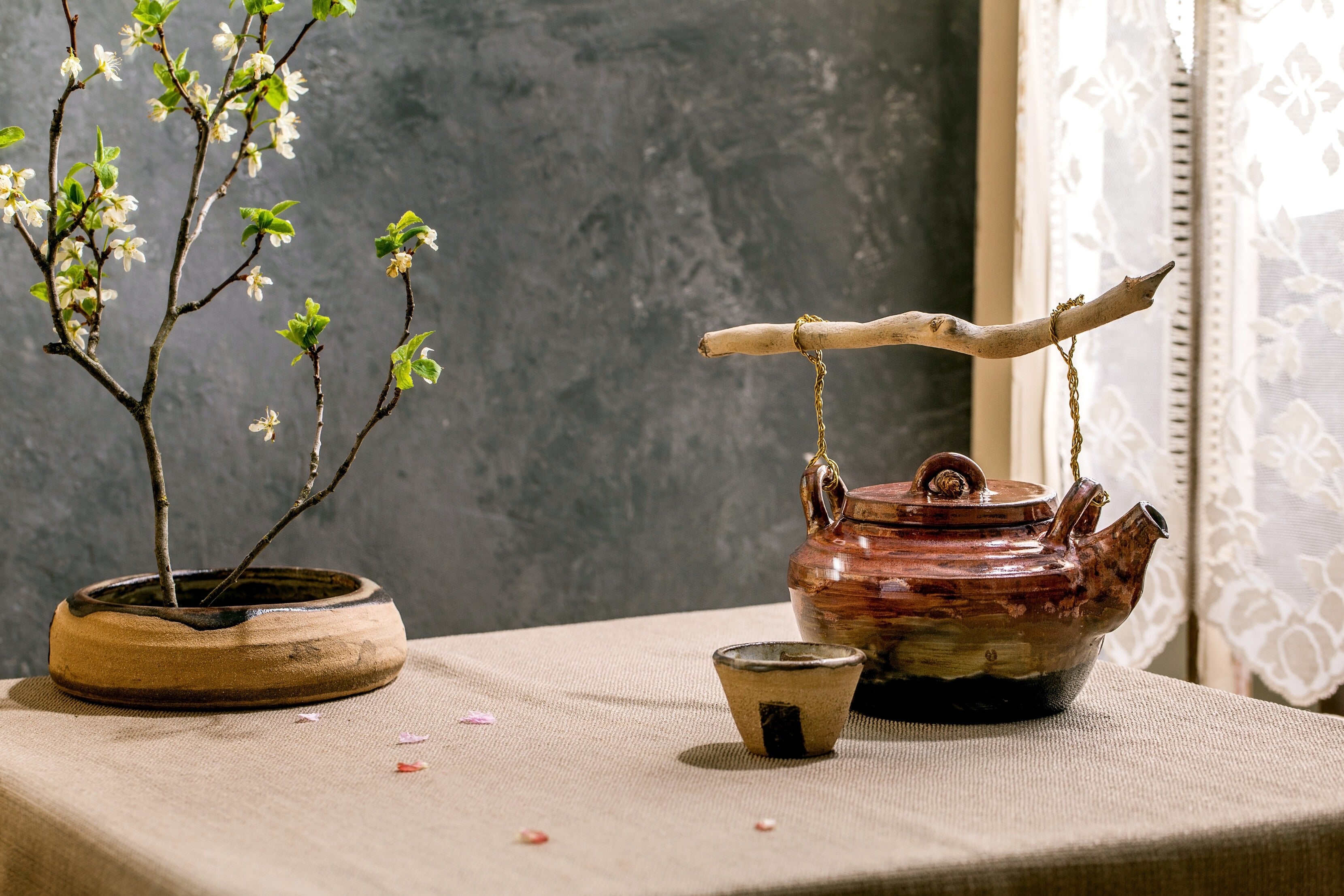
Japanese Pottery
Throughout Japan, you will find many ceramics with distinctive characteristics cultivated to bring out the true essence of tea. Each piece holds a unique story about the craftsman, the culture, and history. Selecting, and arranging to enjoy the harmony and zen of teaware paired with tea have been rooted deeply as part of Japan’s daily life.
It is our passion to present pottery that reflects the taste of tea and history of Japan’s thousand-year tea culture. Our teaware is handmade by small kilns and families continuing the tradition of Japanese pottery. Known as Mino ware, or Minoyaki 美濃焼 refers to Japanese pottery that was produced in Mino Province around the towns of Tajimi, Toki, Mizunami, and Kawagoei in Gifu Prefecture.
A key characteristic of Mino ware is its variety, rather than a single style of format, there are more than 15 different styles that have been developed over time to the present day.
Minoyaki is the oldest pottery found in Japan and originated in the 7th century. During the 15th-century, Sengoku period, craftsmen greatly improved heat efficiency. The results were later seen in the Japanese tea ceremony and Ikebana. Kizeto (yellow), Setoguro (black), Shino (white/red) Oribe (green) are all examples of Minoware in which creativity and traditions are showcased.

The following are some common elements that can occur with handmade pieces:
Uneven application of glaze - As the glaze is applied by hand and not by machine, each piece may have slight unevenness of color and position. In Japan, this unique characteristic is admired as the beauty that naturally appears in handmade ceramics. This is often portrayed in the Japanese concept Wabi Sabi.
Minor black spots formed by iron powder - During the firing process, the iron originally contained in the clay oxidizes as it is fired in the kiln, thus minor black spots may form on the surface.
Penetration - Also known as a crave, is when a crack pattern in the glaze is caused by the difference in shrinkage between the glaze and the base material during the cooling process after firing. Not to be confused with a crack or a scratch. Penetration may appear over time, thus please view it as the natural aging beauty.
Scratches - Pieces may have small scratches due to the firing process. However, if you do notice any large scratches, please contact us.
Protrusions that appear on the surface of ceramics - Small dust or stone may form on the surface and become protrusions. This is a natural occurrence and depending on the type of clay used, it may be more common than others,




